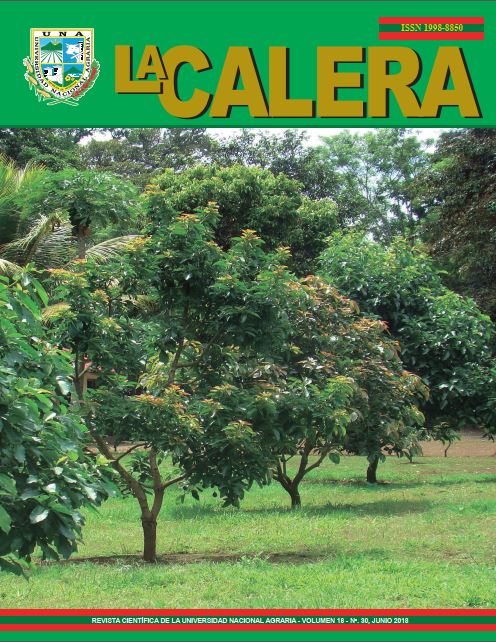Epidemiological study of the prevalence and evolution of hemoparasites of donkeys from the north of Nicaragua
DOI:
https://doi.org/10.5377/calera.v18i30.7735Keywords:
Madriz, Nueva Segovia, Babesia sp, Anaplasma sp, Ehrlichia sp, Plasmodium sp, epidemiologyAbstract
The objective of this work is to compare the results obtained and obtained in 2016, with those obtained in 2017, evaluating the evolution of hemoparasitic diseases in donkeys in the region. Hemoparasites are the most important group of diseases in donkeys in the northern region of Nicaragua (Departments of Madriz and Nueva Segovia), with a prevalence of around 50% of the existing donkeys. However, the causes of death are mainly due to the lack of control of ticks on donkeys by their owners, added to the lack of control and treatment of hemoparasitosis. With the death of the donkeys aff ected by Babesia sp., Anaplasmosis becomes the most relevant disease within the hematozoa, with more than 30% prevalence. The presence of Plasmodium sp., Not described so far in the international literature is relevant, not only because it aff ects 16.88% of the donkeys of the diff erent regions of the Tapacale River basin in Somoto, but because of the risks inherent to health public. It is urgent to train the owners of the donkeys on control and treatment of ticks and hemoparasites, as well as to obtain the funds to pay for the treatments.
Downloads
906
HTML (Español (España)) 440

